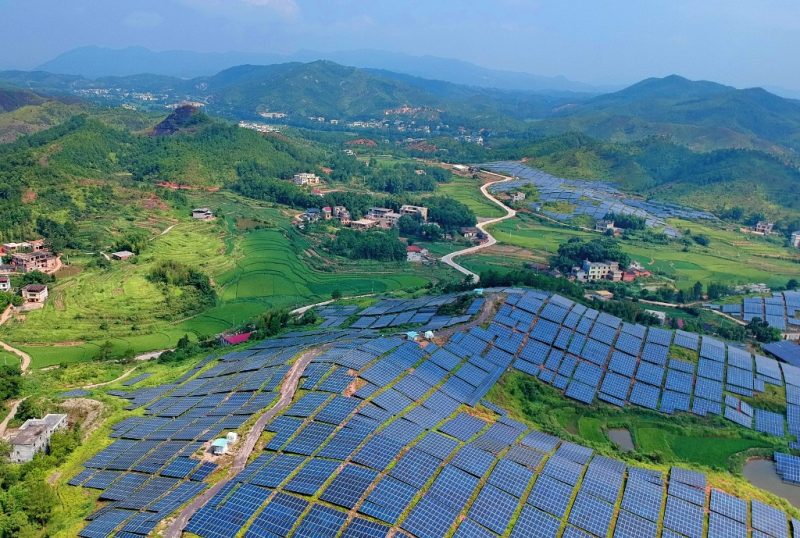(ATF) In the first half of the year, China’s green bond issuance exceeded 100 billion yuan (about $14.3 billion). A total of 136 domestically labelled green bonds were issued in China up to June 30, with a total scale of 109.55 billion yuan, according to the Economic Reference News, which said that was nearly 30% of global green bond issuance in the first half.
According to a report jointly released by China Central Depository & Co (CCDC) and the Climate Bonds Initiative, China issued 386.2 billion yuan of green bonds in 2019, and the total amount of bonds labelled as green issued by China ranked as the most in the world.
But technically – because standards vary around the world – some Chinese ‘green bonds’ may not be considered ‘green’ according to international standards. So, a policy upgrade has been launched.
In recent years, at a policy level, China has issued a series of measures to support the development of green finance and green bonds. This promoted the rapid development of China’s green bond market, with a steady increase in issuance and market size.
China has now become the world’s most important ‘green bond’ issuance market.
Issuance peak
In the first half of this year, with implementation of the corporate bond registration system and the needs of industrial development, China’s green bond issuance once again hit a peak.
Recently, the Central Bank, together with the National Development and Reform Commission and the China Securities Regulatory Commission, drafted a document on “Category of Green Bond Support Projects (2020 Edition)” – which is open to the public for comment and expected to further promote rapid development of the domestic green bond market.
Drafting instructions in the “Notice on Issuing the Catalogue of Green Bond Support Projects (Version 2020 – Draft for Comments)” indicate that the Catalogue of Green Bond Support Projects (2015 version – issued in December 2015 )” and “Guidelines for Issuing Green Bonds” (Faigai Bancai Jin, 2015, No. 3504) played an important role in defining the scope of green bond support projects and regulating the development of the domestic green bond market.
However, with continuous changes in China’s ‘green’ development and updating of industrial policies and related technical standards, the above two documents have not been able to meet the needs of green development and ecological construction defined and required for green bond support projects.
Need to achieve international norms
From the national level, with continuous development of the domestic green bond market, it is also necessary to unify the scope of the two green bond support projects as soon as possible, and gradually integrate with international standards and norms.
China is also starting a huge multi-trillion-yuan domestic infrastructure outlay nationwide and ecological matters are an important factor for consideration.
According to the drafting instructions, issuers should follow principles in the formulation process, and adhere to the “Green Industry Guidance Catalog (2019 edition)” and other policy documents, combined with China’s economic and social development, industrial status and ecological environment characteristics, and other factors. They should scientifically define and select projects that meet the definition of ‘green bonds’ to achieve domestic green standards.
The second issue is that ‘green bonds’ need to adhere to the basic principles of project screening by having environmental benefits – so the funds achieve significant environmental improvement, cope with climate change, and involve efficient resource conservation, and use of green assets that can form bond support as basic keystone elements to screen and scientifically determine the areas supported by green bonds.
Essentially, China wants to improve the “greenness” of its green bonds, and yield greater environmental benefits.
The third factor is to adhere to the principles of overall coordination, adjustment and international integration.
It not only considers the effective connection with the relevant scope of application of the “Green Bond Support Project Catalog” and “Green Bond Issuance Guidelines”, but also takes into account and draws on international green projects, so mainstream standards for green asset classification continues to rise to the international level.






















